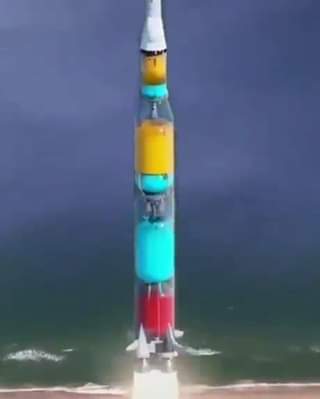The number of reported Covid-19 cases across the globe has surpassed 25 million, with the U.S., Brazil and India leading the grim count, according to data from Johns Hopkins University.
The coronavirus has killed more than 843,000 people worldwide since it emerged from Wuhan, China, late last year, with the Americas reporting the bulk of fatalities. The U.S., Mexico and Brazil represent more than 40% of the global death toll, according to Johns Hopkins.
Reported Covid-19 cases first surpassed 10 million in late June, then reached 20 million just over six weeks later on Aug. 10, according to Johns Hopkins data.





